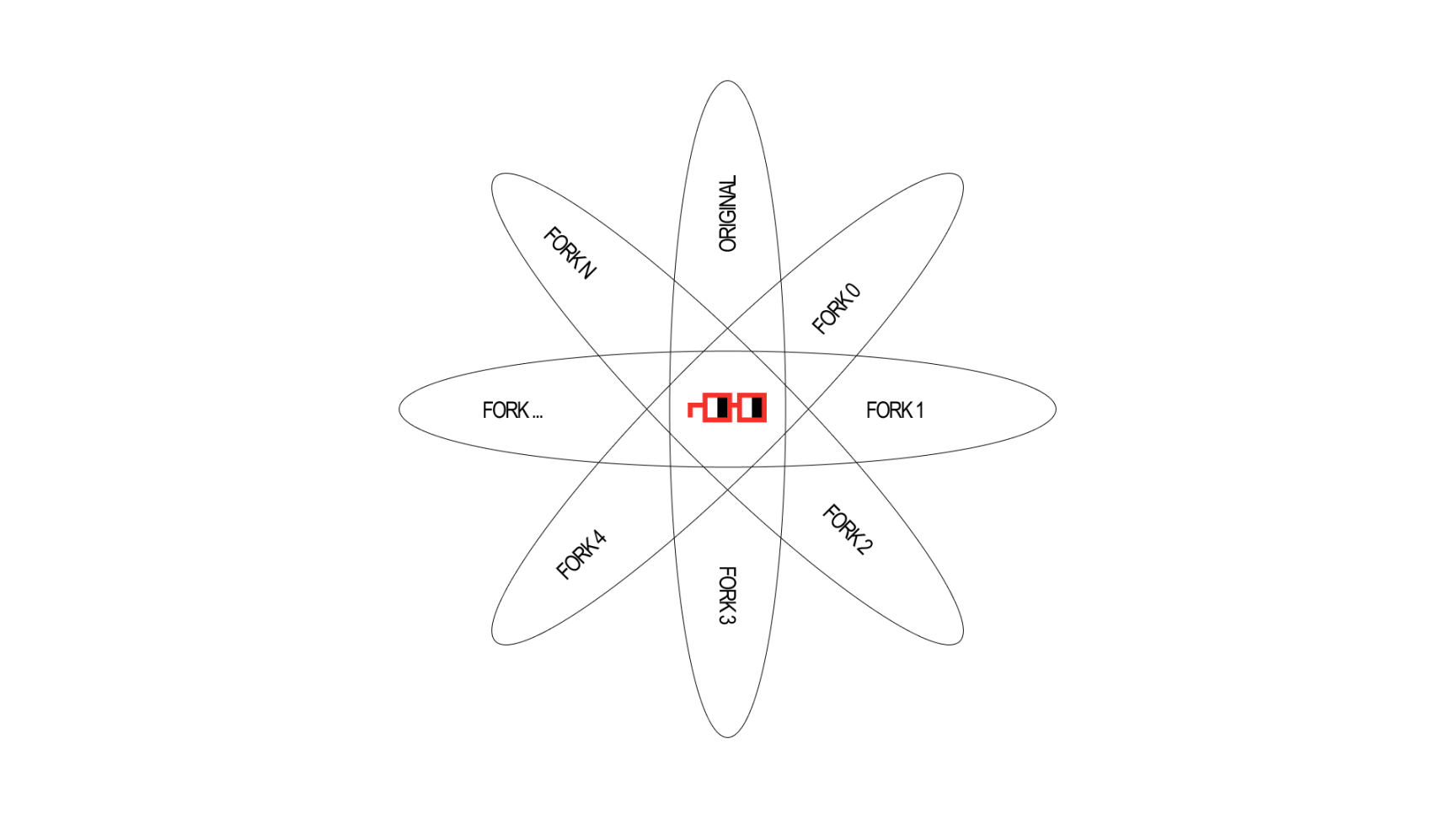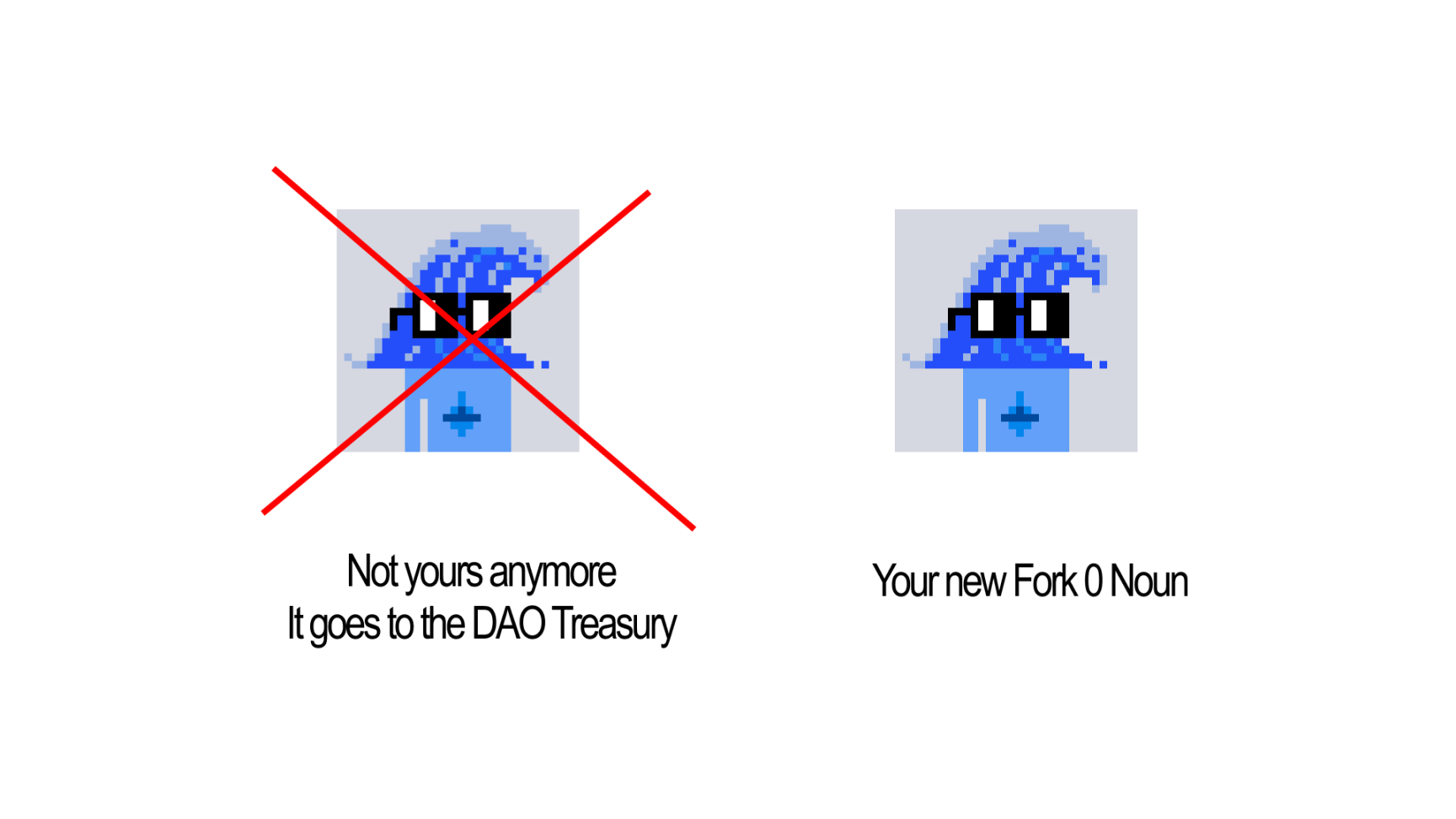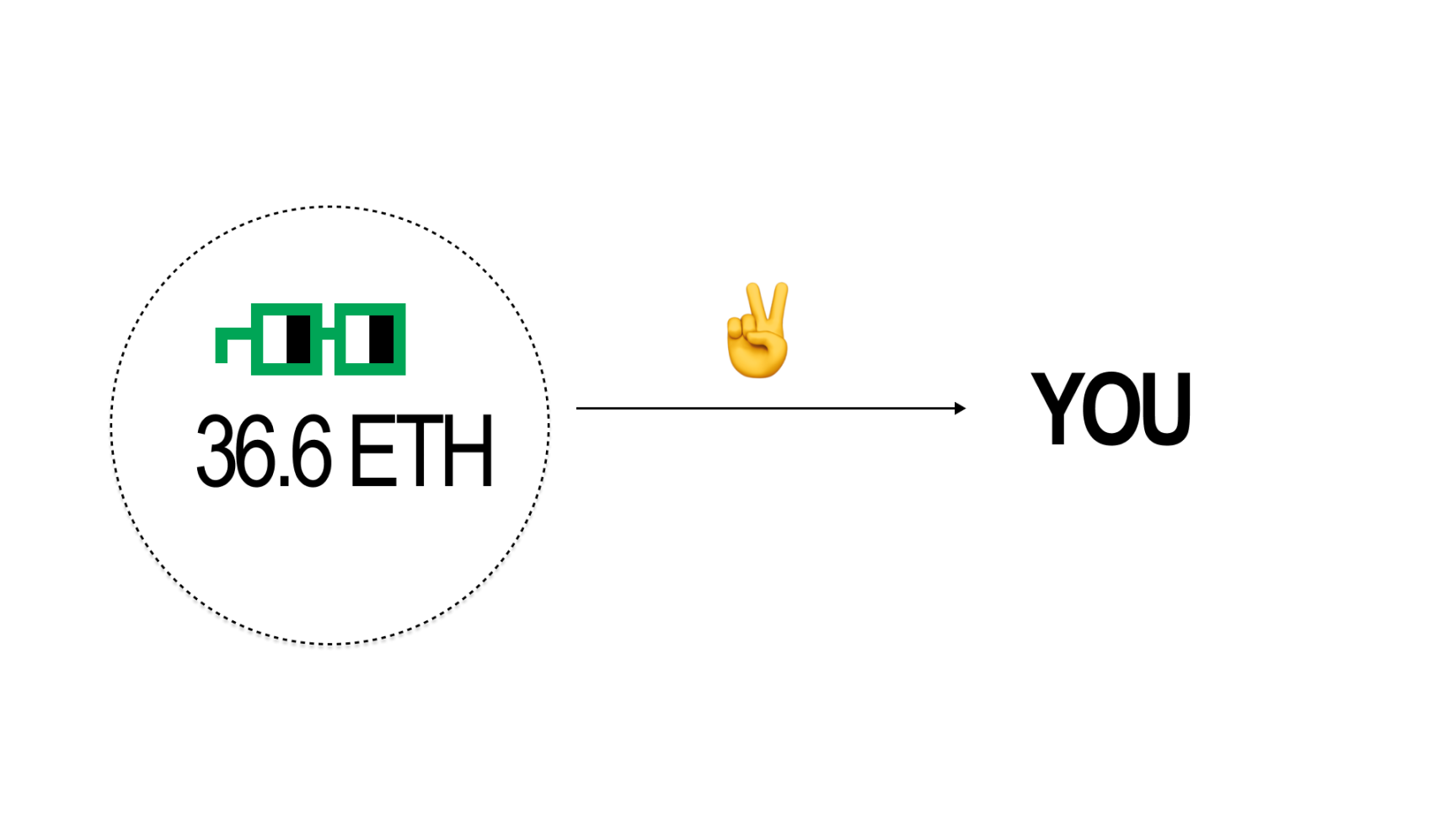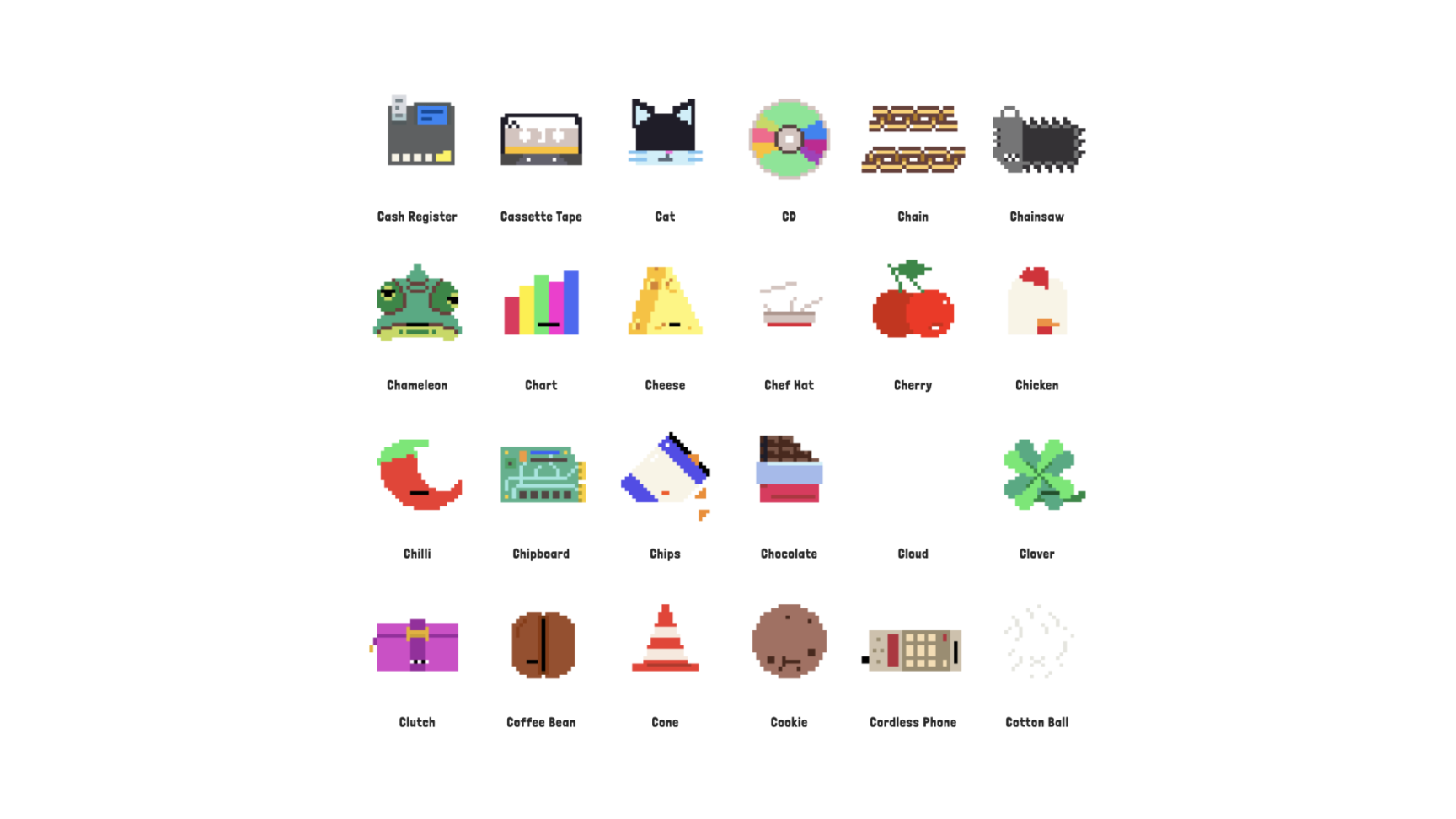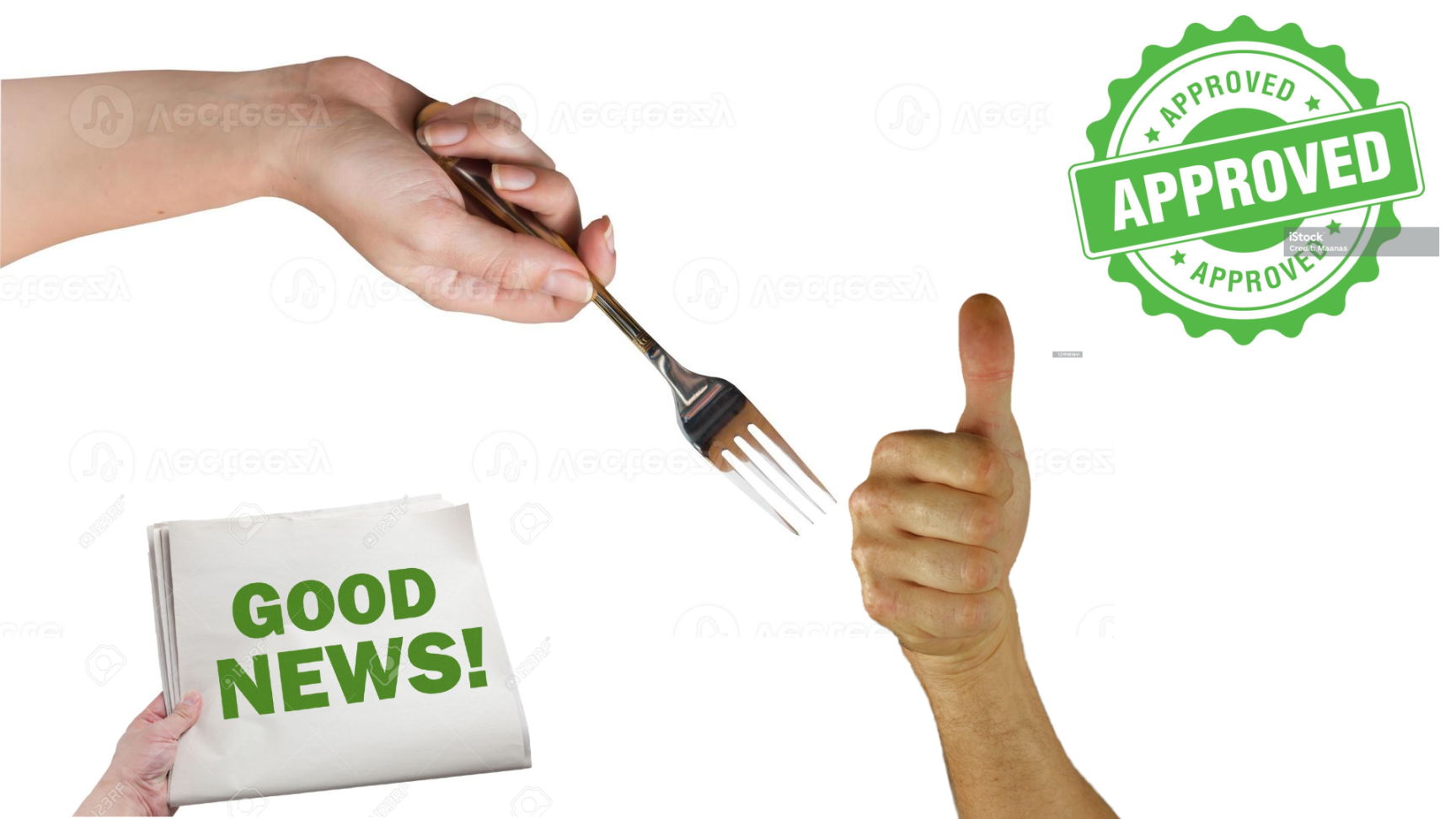Author: Jacob
Translation: Luffy, Foresight News
In 2016, I wrote an article about the Ethereum DAO fork, the purpose of which was mainly to help myself understand forks. And today, as the first Nouns fork has just been executed, I happen to have a quiet Saturday morning, and I think I should write something to summarize my understanding and changes regarding forks. I remember feeling very angry when Ethereum forked, but I feel very excited about the Nouns fork.
A fork, also known as a hard fork, refers to creating a complete copy and another instance of an existing entity. Forks can also introduce their own new changes and improvements. However, in some cases, they are exactly the same version. One important difference is that the people and communities involved are different, and the reason for the fork is usually due to fundamental differences within the community. Forks are more common in the cryptocurrency field because protocols and networks are completely open. Cryptocurrency forks are not only more popular, but also much riskier than open-source code repositories for non-cryptocurrency. This is because they often have ownership and governance rights over the tokens of cryptographic protocols, and therefore have tradable value.
- LianGuai Morning News | Wall Street Journal Grayscale Applies for New Ethereum Futures ETF
- UniswapX is suspected of plagiarism, is CowSwap the future form of Intent’s DEX?
- Why must we pay attention to the decentralized world? These four reasons are sufficient.
Nouns, which holds over 28,000 ETH, has just undergone its first fork (Translator’s note: NounsDAO completed the fork on September 15th, with over half of the NFT holders choosing to join the new DAO). This fork is completely different from Ethereum, Ethereum Classic, and any other forks we have seen so far.
Why do I say that? I will explain from several aspects.
Nouns now has multiple fork versions competing for the same meme
The uniqueness of the Nouns fork
The Nouns fork is a deliberately designed feature
This is the most crucial detail and the most important thing to understand: the Nouns fork is a deliberately constructed feature, and it is also a well-designed one. It has a simple and intuitive user interface that allows any Nouns holder to easily exit and allows the entire community to track everything in real-time.
The Ethereum fork was certainly designed to deal with large-scale hacker attacks, but it is not a long-term network-level feature, and its built-in functionality is not intended to allow for easy forks again in the future. But in the case of Nouns, this is by design, and the forking feature is part of the protocol.
The user interface has a permanent operation button that any Nouns holder can press at any time. This button triggers a series of elegant and complex protocol operations that have been designed and built by the Verbs team, which is funded by Nouns to provide technical support.
Noun holders can only choose one fork version, you can’t have both
Noun holders must choose the fork version in which their Noun resides. You must truly choose one fork to enter, instead of having multiple forks for everyone. In Ethereum forks, everyone has an equal amount of ETH and ETC. But in Nouns, you either hold the original Noun or map the original Noun to a new fork version, which is a necessary choice.
Forkers can take the treasury funds allocated to them proportionally
The Nouns treasury holds a huge wealth of about 28,000 ETH. Anyone can fork the Github code repository and deploy their own DAO, but doing so does not magically increase the ETH in the treasury, which means that if a fork wants to organize itself before this, it must obtain new funds, which is usually not easy. Through built-in forking, each forker brings their share of the original Noun into the treasury of the new fork. This is a fair exit option, as each Noun has about 36.6 ETH of asset support behind it during the fork. Therefore, the treasury of the forked DAO holds over 14,000 ETH.
Forked DAO allows for a complete exit
Nouns forks have the feature of “peaceful exit,” where you can hand over the forked Noun to the forked DAO and receive assets that support that Noun. In this case, it is the aforementioned assets worth about 36.6 ETH.
This grants on-chain rights to holders who truly need or want to exit.
Both fork versions have equal ownership of memes (art)
The artwork behind Nouns belongs to the public domain, and there are no traditional intellectual property rights or ownership in the off-chain world. This means that both DAOs have equal ownership of memes, but on the surface, it appears to have no ownership at all.
The original DAO and its Noun have their original origins, but forked holders receive the same Noun and token ID during the fork.
The forked DAO has its own complete and fully functional on-chain Noun art instances, and the on-chain names and other content are the same as the original Noun.
Further Thoughts
All of the above content is novel, and what I have outlined only scratches the surface. Some of these topics are worth writing separate and comprehensive articles to introduce and analyze (in fact, there are already quite a few). But I haven’t done that, and instead, I thought of some different and interesting things:
Noun is now a multi-party system unified under one meme
Because the meme (art) belongs to the public domain, and both DAOs currently have the same art – they are essentially further competing (or even collaborating) on the same meme.
They may compete fiercely, like political parties. But just as the highest-level political parties strive to push forward the progress of local states, in the end, these Nouns forks still cooperate on the same project.
Meme competition
Both the original DAO and the forked DAO have their own fully functional on-chain art contracts. They can add new features at the end of the respective DAO iterations.
Currently, the only major difference is that they have different block tags and member bases. The image is the same, but the tags are different. What if the image starts to deviate?
What if the forked DAO decides to create a new and ideal image? Or if the original DAO introduces a new image? Under other identical conditions, this may affect the future demand for a DAO.
What’s even more interesting is what happens if the forked DAO completely changes the art it owns?
Protocol competition
Interestingly, the forked DAO has a superset of protocol features and is slightly different from the original DAO. That is:
- No veto power
- No Nounders rewards
- Built-in Peace out (also known as Ragequit)
- For many existing Noun holders, these are very eye-catching features and at least partially the reason for the fork.
Given that both Noun and DAO are very early technologies, the progress and features of the protocol will also become dimensions of competition between various forks. Under other identical conditions, the protocol feature set of a given DAO may affect its future demand for another DAO.
Perhaps this is how subDAOs are born
There are already many subDAOs in the Nouns ecosystem, which are essentially DAOs that receive funding or organize and conduct work in the Nouns ecosystem. Nouns Builder is a tool specifically designed to make this precise behavior as simple as possible.
For new subDAOs, forking may be a novel collaborative and friendly choice to start with a specific goal/meme without having to go through the governance system of the parent DAO, and it can also introduce some additional skins in the game because you need to return the original Noun to the DAO.
Arbitrageurs
Nouns are a meme, but in general, it has two very high-level ideological schools of thought: meme value and book value. Without writing a complete article, it is difficult for me to explain the definitions and differences between the two. The meme value crowd wants to spend all capital to maximize diffusion and is willing to make trade-offs that could deplete the treasury reserves. The book value crowd wants to spend all capital to maximize financial value and is willing to make trade-offs on meme value.
Like most things in life, both are actually correct, and the opposition between the two seems to lead to some good decision outcomes. The formation of their own DAO by these two factions through forking may be inevitable, but it is a group of private equity-style arbitrageurs who have accelerated and pushed this issue. Nouns become negative memes (which can be understood as Nouns being sold below book value), and arbitrageurs find that if they buy enough funds, they can eventually push the DAO to distribute these funds to Noun holders for profit.
In the end, this is a design flaw in the system, the market is the market, and arbitrageurs are bound to exist in the market. It can be said that the same thing still exists in the earliest DAOs, either requiring positive memes (Nouns selling above book value) to be obtained as soon as possible, or another fork caused by arbitrage may occur again.
Nouns as Governance Standard
The Nouns governance contract is built on top of Compound Bravo. With the introduction of forking, Nouns itself begins to function as a unique governance system and model.
What does it mean for other existing DAOs and new DAOs to adopt the Nouns governance feature set?
Forking is Wonderful
In a public and permissionless environment like Ethereum, forking is a mechanism that allows transparent and open competition between competing versions with similar visions. This is a good thing for everyone, as it means potentially faster evolution and we should expect to see more innovation and progress as a result.
So far, forking has become an implicit part of most governance systems, as anyone can redeploy the same version of the open-source code. The content created by Nouns makes it an explicit feature of its governance, making it easy to use, fair, and open, available for any Noun holder to call upon when needed.
For Nouns and how we view the entire DAO, this is clearly a breakthrough moment, and a year from now we will have a deeper and more comprehensive understanding of DAOs as a result. The activity of Nouns has reached a new level, and now internal competition will push itself to its best state – which would not be possible without this mechanism. I have no doubt that we will also see forking being implemented in more novel ways, and this will at least be seen as a valuable lesson in governance. In successful cases, it may eventually become a validated standard, regarded as a benchmark by every DAO. Exciting times are coming, as always.
Like what you're reading? Subscribe to our top stories.
We will continue to update Gambling Chain; if you have any questions or suggestions, please contact us!
